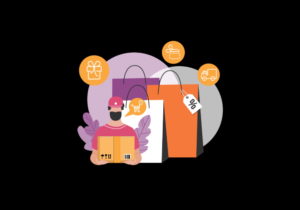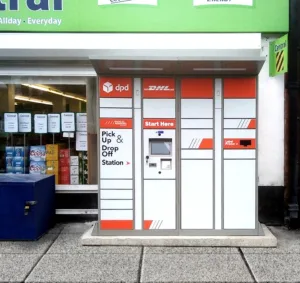by Gavin Stirrat, CEO, Adimo
The secret to successful commerce is simple. If a brand can reduce friction in the shopping experience they make it more likely that a consumer will carry through to a purchase. This is as true of shopping in stores as it is online. It’s also true of the latest addition to commerce: social shopping.
Social has long been an established marketing and PR channel, but now brands are looking to use social to sell directly to consumers. Brand marketing, where companies sponsor influencers to promote goods and services, is causing particular excitement.
The reasons for this excitement are clear. Social commerce brings together three elements that make for good sales.
People – Something like 3.96 billion people use social media worldwide – that’s not far off half of the total population of the earth. Significantly, people are comfortable using social media for commercial activities. For example, 51% of Millennials purchase from social media, while 84% of all shoppers check at least one social site before making a purchase.
Attention – Just having the volume of people to target for commercial activity is only half of the equation – they also need to be paying attention. And they quite clearly are. It’s thought that the average user will spend a whole six years and eight months on social media.
Opportunity – The final element is the opportunity to make a sale. On average, it takes 13 seconds for a person to make a purchase decision when in a store. Online it is just 10 seconds. These figures suggest that if you make it as easy as possible for a person to purchase via social media, there’s a good chance they will. It all comes back to that age old requirement of reducing friction in the purchase journey.
In many ways, the challenge facing marketers as they weigh up the opportunities on offer in social commerce is how best to replicate the impulse purchases that are so easy to make in the real world. Brands need to find a way to close the loop between marketing and sales, so that potential customers can be converted into sales at the moment of engagement.
Shoppable content, or commerce media as it is also known, promises to do just that. Shoppable content is, as the name suggests, content that includes links that enable sales. It is promising because it supports the three key drivers behind social commerce: aspiration, discovery and connection:
Aspiration – Social media users are swayed by influencers largely because they aspire to be like them. Brands know this and are investing heavily in branded content to promote their goods. However, canny brands will go further and enable consumers to buy their goods directly from the content. For example, if a brand pays an influencer to drink its brand of soft drink and extol its merits, the content should also include a link so people can buy the drink immediately. The link could either direct them to a choice of potential retailers, or first take them to a branded microsite where they can be given a customised purchase experience.
Discovery – Brands are well aware that people use social media to research purchases. With commerce media, this presents another opportunity to convert clicks into sales. For example, many food brands promote recipes on social media to provide people with inspiration around how to use their products. These recipes can be commercialised through shoppable media, with brands providing a seamless path for people to add all the recipe items directly to a shopping cart. Doing so enables brands to capture customers when they are in a ‘jobs to be done’ mode and actively looking at how to complete their meal planning quickly and effectively.
Connection – People also use social media to connect with brands, bands, charities and many other organisations close to their hearts. Community managers do a great job of connecting with customers and answering their questions. But how much better would it be if these managers could also enable people to make purchases? Brands are often asked on social media ‘where can I buy this?’. Shoppable means brands can simply send a link to enable a purchase there and then.
Social media brings people together, engages them and provides them with aspirations. Shoppable media enables brands to commercialise social channels and create seamless and frictionless purchase experiences in the moment.
But the benefits of the approach don’t stop there. With shoppable media, brands are provided with a wealth of important data on customer behaviour, such as which retailers they select, the products they view, the prices retailers charge, and which campaigns lead to sales.
Leveraging shoppable media therefore provides additional insight into consumers’ actions beyond the initial ad click – unlocking a full suite of ecommerce metrics that were otherwise unavailable in digital. In turn, this data can be used to inform future media buys and targeting, helping brands maximise Return On Ad Spend from their large media budgets.
This source of data is more important than ever, given that changes by browser and smartphone OS companies are limiting the availability of cookie and Mobile Advertising ID tracking data. In a world where campaign data is increasingly hard to come by, commerce media will be a powerful new tool for marketers.
We are entering a new world where digital marketing and sales platforms are increasingly indistinguishable, and commercial activity takes place wherever the consumer can be found. Brands that find ways to make the purchase experience quick, easy and intuitive will thrive.










